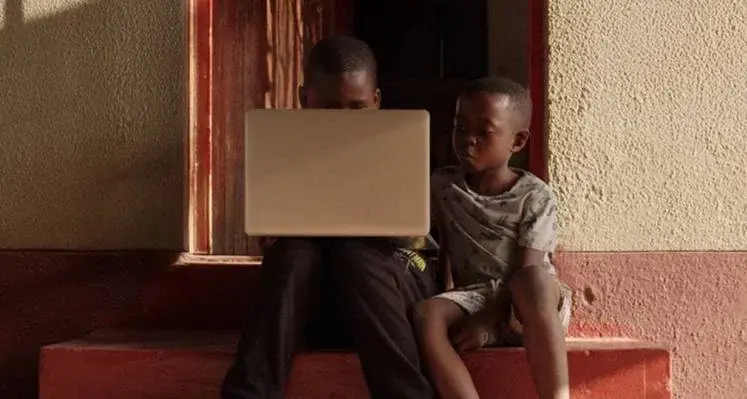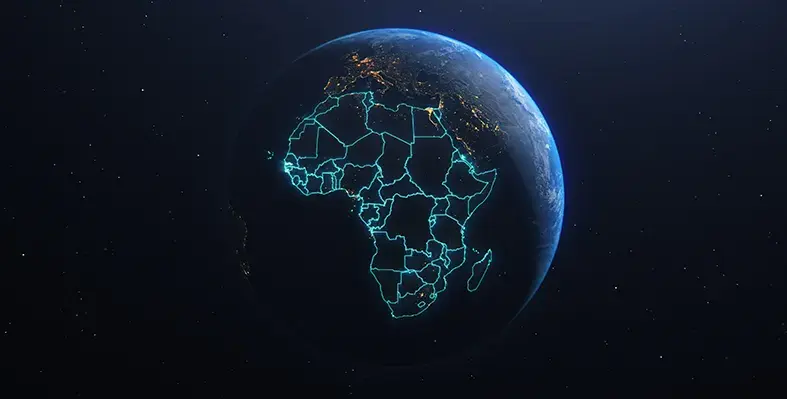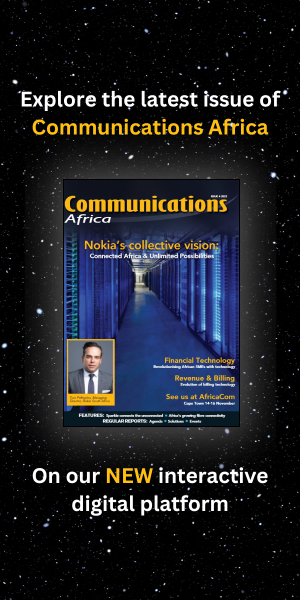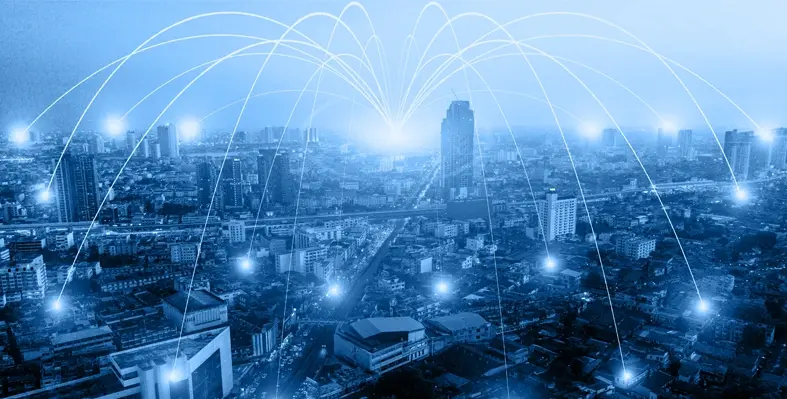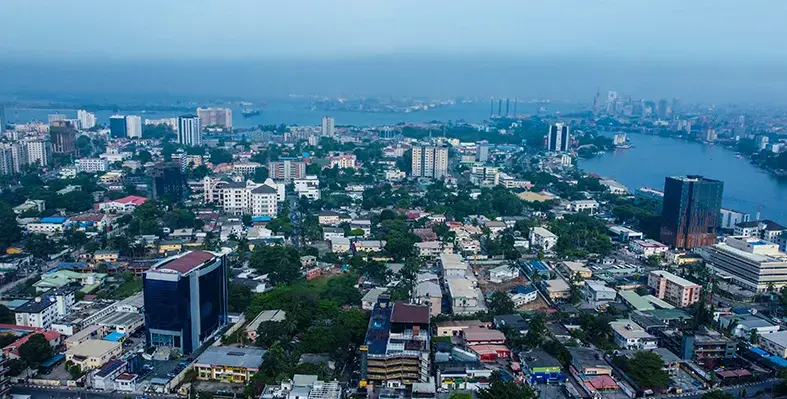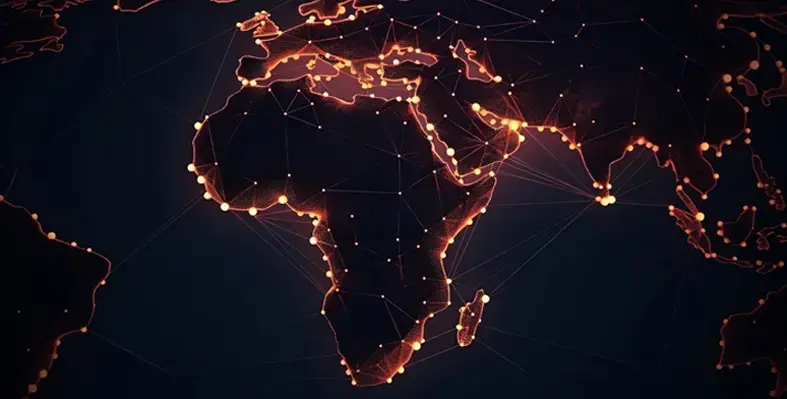
Starlink’s satellite-powered broadband network will be made commercially available across CAR. (Image credit: U.S. MISSION CENTRAL AFRICAN REPUBLIC)
The United States Embassy has welcomed a landmark agreement between the Government of the Central African Republic (CAR) and US-based telecommunications company Starlink, marking a major step forward in the country’s digital transformation journey
The agreement was officially signed on December 18, 2025, paving the way for high-speed satellite internet services to be introduced in CAR for the first time.
U.S. Embassy Chargé d’Affaires Dr. Melanie Anne Zimmerman praised the development during a signing ceremony hosted by CAR President Faustin-Archange Touadéra. The event brought together senior government officials, representatives from the Ministry of Post, Telecommunications, and Digital Economy, and executives from SpaceX, Starlink’s U.S. parent company.
Addressing government and private sector leaders, Chargé d’Affaires Zimmerman reaffirmed Washington’s commitment to strengthening bilateral relations and advancing shared economic goals. She highlighted the importance of collaboration in driving digital inclusion, innovation and sustainable development. Speaking at the event, she committed to continue strengthening the relationship between the United States and CAR, especially by working together to expand opportunities for trade, investment, and commercial partnerships.
Chargé d’Affaires Zimmerman also underscored the U.S. Embassy’s role in facilitating dialogue and connecting key stakeholders throughout the negotiation process. She congratulated both the CAR government and Starlink on reaching what she described as a critical milestone for the country’s digital economy and future connectivity ambitions.
Under the agreement, Starlink’s satellite-powered broadband network will be made commercially available across CAR, delivering reliable, high-speed internet access in areas that have long struggled with limited connectivity. In a significant boost to social infrastructure, Starlink will also donate hundreds of satellite kits for distribution nationwide. These kits are expected to support rural schools, health centres and government institutions, helping to bridge the digital divide and improve access to essential services.
Enhanced connectivity is widely viewed as a catalyst for economic growth, opening doors to new digital infrastructure projects, foreign investment, tech entrepreneurship and cross-border business partnerships between American and Central African companies.
The ceremony was attended by representatives from the U.S. Embassy and Starlink, as well as CAR’s Prime Minister, Minister of Foreign Affairs and Minister of Post, Telecommunications, and Digital Economy. The United States reiterated its support for initiatives that promote economic growth, technological innovation and deeper trade and commercial ties between the two countries.





